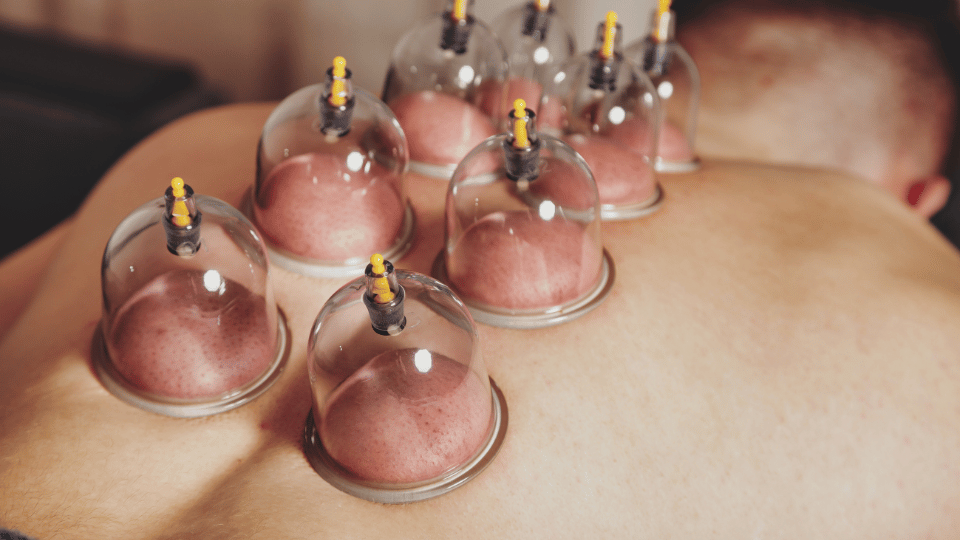Cerebral Palsy: A Journey Towards Hope
Cerebral palsy is a general term that refers to a group of movement and coordination disorders that affect children. This disorder results from damage to the brain that occurs before, during, or shortly after birth.
Symptoms:
- Difficulty controlling muscles and movement
- Muscle spasms
- Imbalance and difficulty walking
- Difficulty with motor coordination
- Muscle weakness
- Difficulty speaking
- Difficulty swallowing
- Delayed growth and development
Rare Symptoms:
- Epilepsy
- Sleep disorders
- Learning disabilities
- Hearing or vision problems
- Digestive disorders
Treatment Methods:
1. Accurate Diagnosis of the Child’s Condition:
- Medical examination by a specialized doctor
- Imaging tests such as X-rays or MRI
- Psychological and physical assessment tests
2. Physical Therapy:
- Aims to improve muscle strength, coordination, and balance
- Some exercises include:
- Stretching exercises
- Muscle strengthening exercises
- Balance exercises
3. Occupational Therapy:
- Aims to help children develop their daily living skills such as eating and dressing
4. Speech and Language Therapy:
- Aims to improve communication and social interaction
5. Behavioral Therapy:
- Aims to modify negative behaviors and promote positive ones
6. Medication:
- Can be useful in reducing the side effects of cerebral palsy such as muscle spasms
7. Surgery:
- In some severe cases, surgery may be necessary to improve the child’s condition
8. Psychological Therapy:
- Can play an important role in emotionally and psychologically supporting children with cerebral palsy
Importance of Collaboration Between Different Medical Specialties:
Collaboration between different medical specialties is essential for the effective treatment of cerebral palsy. This collaboration includes:
- Pediatricians
- Neurologists
- Neurosurgeons
- Physiotherapists
- Occupational therapists
- Speech and language therapists
- Psychologists
Challenges of Treating Cerebral Palsy:
- There is no cure for cerebral palsy.
- Treatment requires long-term commitment.
- Treatment can be expensive.
- Some children may face learning and communication difficulties.
The Role of the Family in Supporting the Child:
- Providing emotional and psychological support to the child
- Participating in therapy sessions
- Creating a safe and supportive environment for the child
- Cooperating with the medical team to provide the best care for the child
Complementary Therapies:
- Horseback riding therapy
- Art therapy
- Music therapy
Assistive Technology:
- Devices and tools that help children improve their motor and communication skills
Conclusion:
Cerebral palsy is a chronic condition, but with the right treatment and psychological and social support, children with cerebral palsy can live happy and productive lives.
Note:
It is important to emphasize that this information is for educational purposes only and does not replace the need to consult a specialized doctor.






